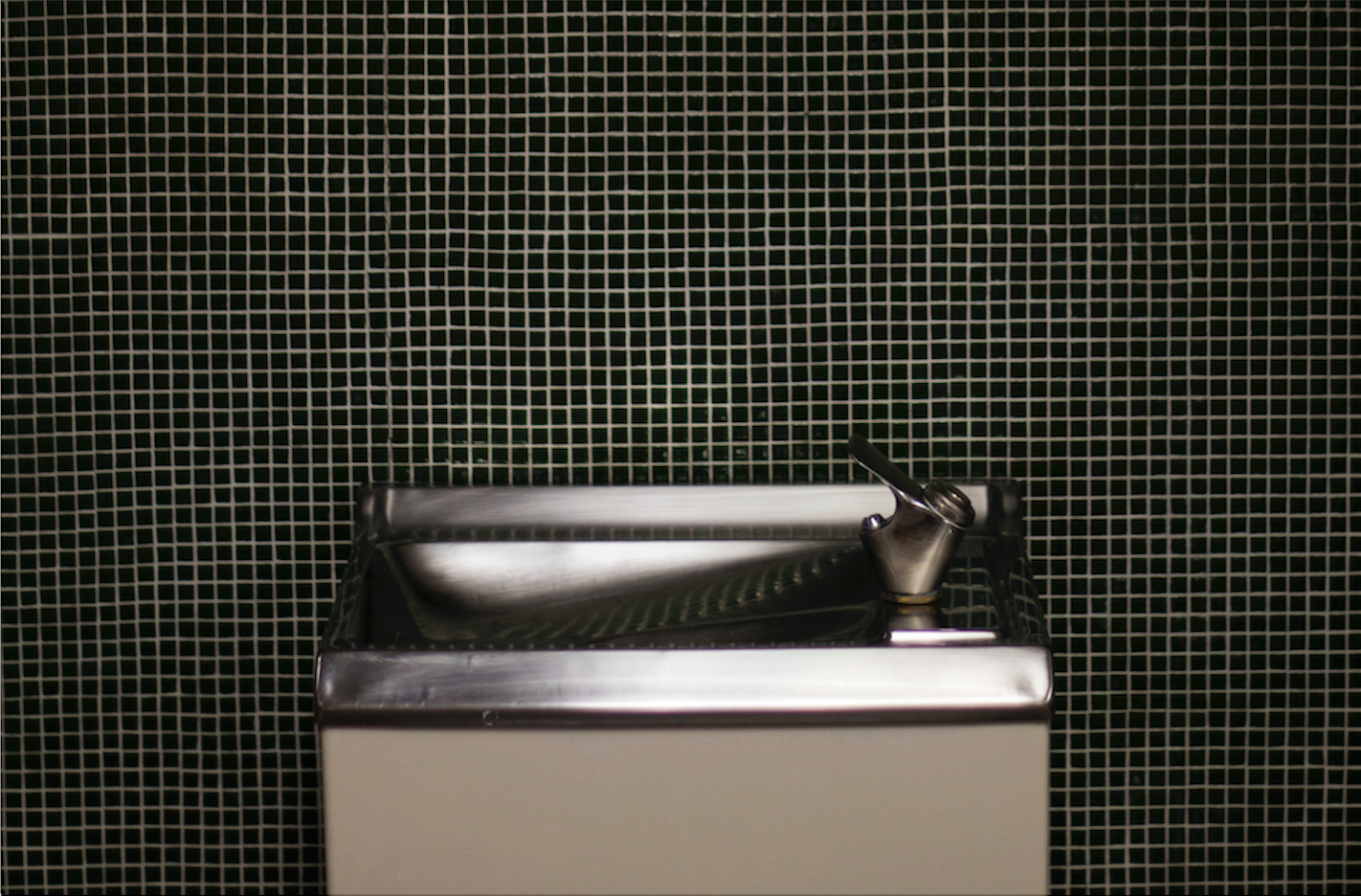Black communities, especially poor ones, are impacted more than any other race in Erie County by both water susceptible to high levels of lead, and poor health caused by dehydration and high intake of sugar.
By SJ Gillespie
Toxic stress – the excessively long release of cortisol, a natural chemical produced in our brain. Triggered primarily by poverty, it is a contributor to chronic trauma, defined as an interference with the brain’s wellness. Environmental states, like exposure to violence and lack of adequate support are not the only causes of toxic stress. People without safe, potable water, and those making unhealthy choices about what they drink, are at a risk of poor mental health and depressive symptoms.
Consuming plenty of clean, safe water is essential to supporting the alleviation of toxic stress and the backbone to healthy community revitalization. Interestingly, certain outcomes of toxic stress/chronic trauma are comparable to the side effects of dehydration. Negative health outcomes of lacking water include in-ability to think clearly or perform mental duties to your fullest capacity, short term memory loss, headaches, irritability, dizziness, increased heart rate and weakened physical performance. According to a new study published in the American Journal of Public Health, “More than half of the kids who participated were dehydrated. Of that group, boys were 76% more likely than girls to not have enough water in their system. Nearly one quarter of the kids in the survey re-ported drinking no plain water at all.”
Many of us, especially in the black community, put ourselves at risk for health complications with our reluctance to drink water over sugar. Americans on average spend $707 on carbonated sugar drinks, compared to $523 on water, including water utilities! That contributes to poor dental health, leading to heart complications and also puts people at risk of diabetes. Erie County’s Community Health Assessment implies that these health symptoms impact black people more than any other race groups.

Water Quality
Last autumn, the New York State Department of Health mandated that the Buffalo Public Schools (BPS) test student-affected water for the presence of lead. As Flint, Michigan’s unsafe drinking water dominated news cycles, the public health crisis of tainted water evolved from a global concern to a national one.
Buffalo Public Schools’ latest reports share lead testing sites and contaminant levels, with anything higher than 15 parts per billion (ppb) deemed unacceptable. Some schools with unacceptably-high water lead presence were, BPS #4, 18, 28, 31, 32, 39, 45 (boys and girls bathroom was 1530 ppb and 1450 ppb, respectively), 86, 204, 205, 301, 304, 305, 307 and City Honors. By law, appropriate action will continue to remove lead hazards from school grounds, including tagging water sources as unusable (so far 8 outlets have been replaced and 2 removed).
Homes built before 1970 are also at higher risk of containing pipes that may leach lead into drinking water. According to buffalowater.org, “In aged water systems, lead may be present in service lines, plumbing fixtures, faucets and valves. In some systems, when drinking water has been in contact with plumbing or service lines containing lead, the lead may corrode (and leach) into the water.”
Safely Drink More
Our communities need to break free from toxic stress in order to excel. We can do so by taking action to counter lead poisoning in our neighborhoods and by making personal decisions to safely become better hydrated at the same time.
Make Sure It’s Clean
There is a website set up for Buffalo that answers frequently asked questions about water quality in your home.1 Call 3-1-1 in Buffalo to get your neighborhood’s water tested. You can obtain free lead test materials for your home by via email2 or by calling the State Health Department at (518) 402-7650. Home Depot also provides free lead tests. If you find that your home does have lead in the water, you have rights as a tenant. Your landlord is legally obligated to upgrade the home’s plumbing systems. Visit ag.ny.gov to learn more. When in doubt, boil it, filter it, get it bottled (recycle it), or run the tap until the temperature changes.
Drink up!
Consume at least eight-8oz cups of water a day, carry a large, sustainable water bottle, and personalize it! For youth in school, water breaks should be encouraged and bottle carrying permissible. Sometimes your body feels hungry when it’s really just dehydrated.Train your brain to crave less sugar. Don’t feel guilty paying for water when you’re out – treat yourself to a hydrated brain!
It’s time we all turn our energies inward, to ourselves and our neighborhoods, and make sensible and collaborative economic decisions that heal the community. Community revitalization should start with inner-beautification work: hydrate our spirits, minds, and bodies. We should each start with a glass of clean water.
Interested in community resilience workshops? Ideas on how we can activate the community?
Write SJG at: socialenergyminers.com, Instagram: @socialenergyminers
Links and information: buffalowater.org/Quality/WaterQuality, Email: FreeWaterTesting@health.ny
Want more from No Boundaries? Check out our podcast!
Episode 1 is live here, on iTunes and Stitcher. Please listen, subscribe, review, and enjoy.




